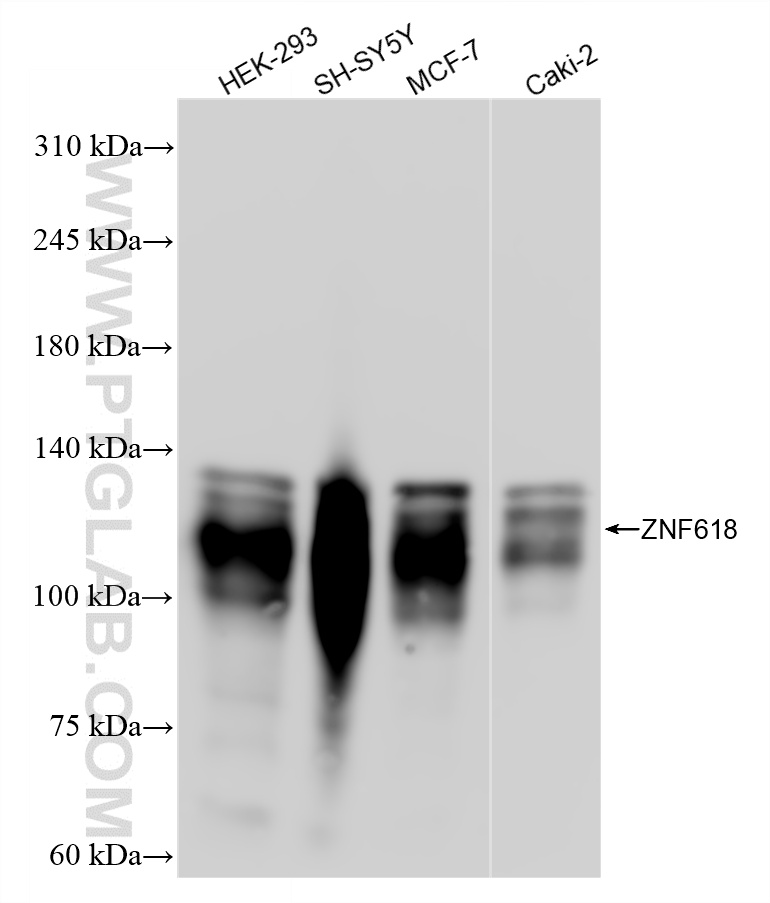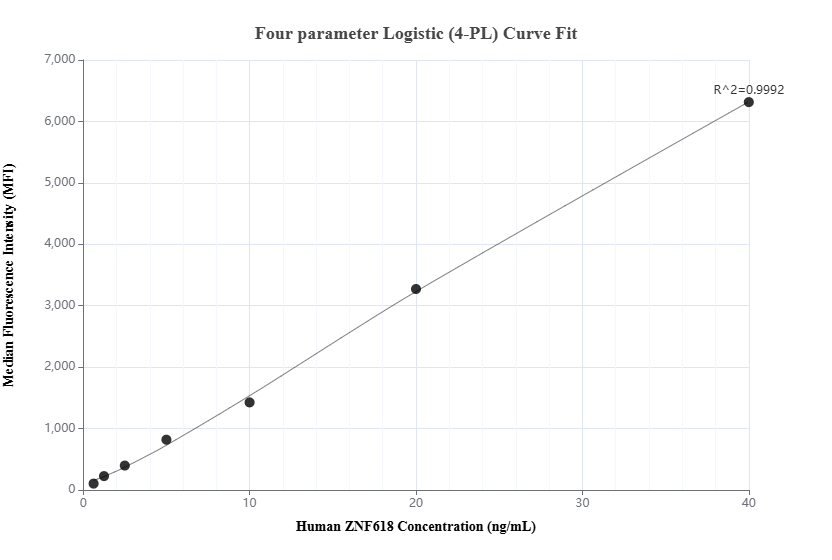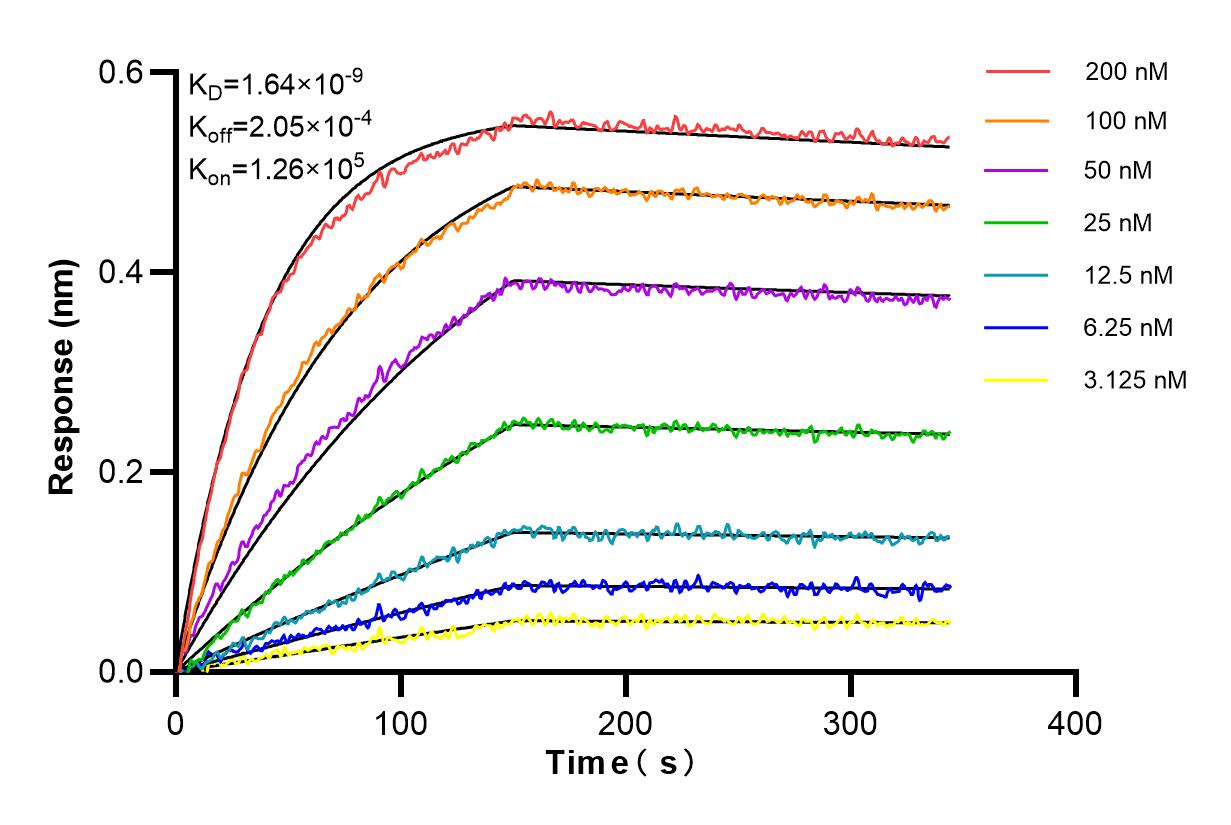验证数据展示
产品信息
84998-1-PBS targets ZNF618 as part of a matched antibody pair:
MP01753-2: 84998-1-PBS capture and 84998-2-PBS detection (validated in Cytometric bead array)
Unconjugated rabbit recombinant monoclonal antibody in PBS only (BSA and azide free) storage buffer at a concentration of 1 mg/mL, ready for conjugation. Created using Proteintech’s proprietary in-house recombinant technology. Recombinant production enables unrivalled batch-to-batch consistency, easy scale-up, and future security of supply.
This conjugation ready format makes antibodies ideal for use in many applications including: ELISAs, multiplex assays requiring matched pairs, mass cytometry, and multiplex imaging applications.Antibody use should be optimized by the end user for each application and assay.
| 经测试应用 | WB, Cytometric bead array, Indirect ELISA Application Description |
| 经测试反应性 | human |
| 免疫原 | ZNF618 fusion protein Ag36487 种属同源性预测 |
| 宿主/亚型 | Rabbit / IgG |
| 抗体类别 | Recombinant |
| 产品类型 | Antibody |
| 全称 | zinc finger protein 618 |
| 别名 | 242566D9, KIAA1952, Zinc finger protein 618 |
| 计算分子量 | 105kDa,954aa |
| 观测分子量 | 110-130 kDa |
| GenBank蛋白编号 | NM_001318042.1 |
| 基因名称 | ZNF618 |
| Gene ID (NCBI) | 114991 |
| 偶联类型 | Unconjugated |
| 形式 | Liquid |
| 纯化方式 | Protein A purification |
| UNIPROT ID | Q5T7W0 |
| 储存缓冲液 | PBS only , pH 7.3 |
| 储存条件 | Store at -80°C. The product is shipped with ice packs. Upon receipt, store it immediately at -80°C |
背景介绍
Zinc finger protein 618 (ZNF618) is a key protein associated with DNA methylation and acts as a specific 5hmC reader in vivo to regulate UHRF2 function by promoting UHRF2 chromatin localization. In addition, ZNF618 is not only associated with the induction, maintenance or progression of female breast cancer, but is also up-regulated in lung cancer cells.


